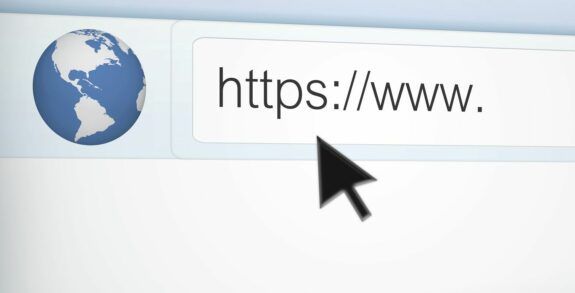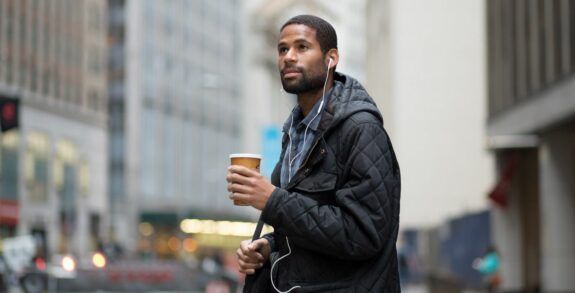Conversion Killing Website Designs

Web design is both a practice and a passion. Sometimes that passion, while providing creativity and drive which allows for wondrous creations and expressions, can result in conversion killing website designs. This is a pitfall that web design companies need to be aware of as well as businesses that utilize a website as a primary contact point for their customers.
It’s not even that these conversion killing elements or techniques are used purposely for that effect, more that they are a byproduct of designing for appearance and style first rather than focusing on usability and conversions.
Visual Art versus Conversions
There are different approaches to designing a website. Some people or firms place a premium on showcasing what they can do from an artistic endeavor. The idea is that browsing the website is an experience in itself and everything is geared towards enhancing that experience.
Another school of thought is maximizing conversions at all costs. This approach is centered on the needs of the business first with the focus on helping a visitor move along the sales funnel.
In many cases both these approaches are combined to provide a website that is visually impressive and engaging while also being designed in a way that maximizes conversions or the primary focus of the website owner.
However there are also numerous examples of where people attempt to combine these approaches but the visual art takes the lead pushing conversions to the backburner when making design choices. This is our focus today; those conversion killing website designs.
Conversion Killers
- Masonry Layout Design – The masonry layout design is most well known from Pinterest. As the popularity of that platform increased, people started to integrate this design into other sites. There is even WordPress themes available in this style. While this provides a very clean design environment, it is truly only useful for specific types of sites specifically those geared towards browsing. For people that are looking for specific information or needs this style is the opposite of what you want. There needs to be a path for users to follow to get to the end result especially for e-commerce sites.
- Over Minimalist Design – Minimalist designs can be very nice and when they started gaining popularity it was primarily because many sites were becoming too cluttered. However there are pitfalls within the minimalist design especially if it is taken too far. You should still use color contrast, highlight CTAs, and easily move users from one section to another. Some sites take minimalism too far and end up with a bland site that is hard to navigate because it is missing so many of the common things we have come to expect on a site to help us get around.
- Missing SNS – SNS stands for secondary navigation scheme and it is something that used to be a requirement of most good web design. The idea was to help users navigate a website more easily. This design element is also called breadcrumb navigation. They are extremely helpful in sites organized in a hierarchical manner. As designers have focused more on the visual beauty of a site these breadcrumbs are one element that has disappeared which can be a mistake. While many people may not need them, those that do can more easily get lost or frustrated with navigation. Why frustrate or alienate some users simply as an aesthetic choice?
- Missing or Unclear CTAs – The Call to Action is often one of the most important parts of a website but sometimes they get lost in the shuffle when the focus is more on the visual appeal of the design versus creating a conversion. CTA’s always need to be clear and straightforward. Anything else is inviting confusion.
- Ghost Buttons – Ghost buttons are ridiculously fun much like a hidden bookcase door or grandfather clock that reveals a hidden staircase. The problem is that they are barely readable and like ghosts are not always seen by everyone. Unless the purpose is to offer a “choice” without making that choice obvious because you wish a user to do something else then a ghost button has purpose but otherwise they are just design fluff.
The goals for website design will vary from project to project as every business has different products or services, diverse customers and different goals. When you approach the design of a site there needs to be a good balance between functionality and meeting business needs like obtaining vital conversions along with crafting something visually enticing and engaging that captures a visitor’s attention and makes them want to stay. In that respect, these conversion killing website designs are things you should be aware of and while they can sometimes be effective they are often only useful in certain niches.
Be sure to check back every Monday, Wednesday and Friday for great new Lounge Lizard blog articles.





